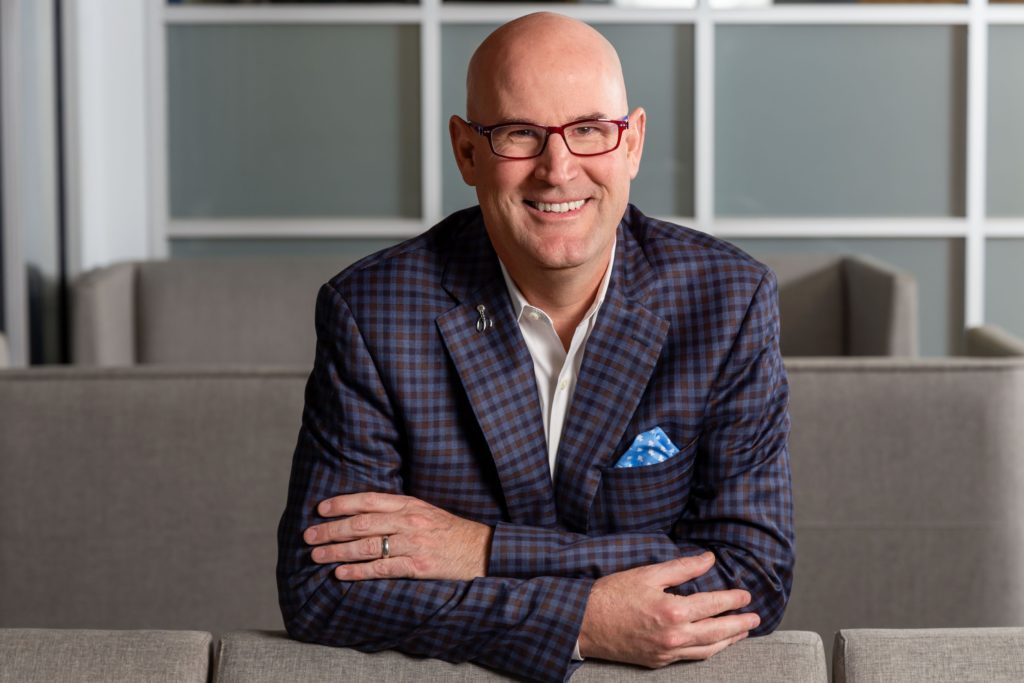“Should I stay or should I go?” Are you ready for The Workplace CLASH? Leaders want workers back in the office. Workers want to stay home and work remotely.
“Should I stay or should I go” isn’t just a classic punk anthem. It’s a challenge that’s shaping up to be a standoff in corporate America.
Leaders like Morgan Stanley‘s CEO have thrown down the gauntlet. James Morgan shared the expectation that staff return to the office by Labor Day. Hinting that’s he’d be “disappointed” if the troops didn’t comply . . . and intimated that “other” conversations might need to happen.
How did remote work become a black or white issue? It seemed to work well during a global pandemic. To quote The Clash’s late lead singer Joe Strummer:
“One day it’s fine and next it’s black
So if you want me off your back
Well, come on and let me know
Should I stay or should I go?
This indecision is bugging me.”
This conundrum got me thinking about a few of the most important drivers of employee engagement. Those three drivers are the Green Goldfish of Transparency, Flexibility, and Shelter.
1. Clear as mud – Transparency speaks to employees and their level of trust from leadership. It is marked by the extent that employees believe that their leaders have a sincere interest in their well-being. Do they understand the intent behind decisions?
2. By choice – Flexibility or flex is the most coveted perk by employees. The ability to choose “where” and “how” to do work is valued by every generation. For many, work is no longer where you go. It’s simply what you do.
3. Gimme’ Shelter – Shelter refers to the spaces where you do your work. Smart companies realize there isn’t a one-size-fits-all solution. They provide a palette of space.
Can we summon the late English logician and philosopher John Venn? Perhaps we can diagram an ideal situation where flexibility, transparency, and space overlap. Here’s my attempt at the sweet-spot:
“Leaders provide their employees with the power to choose where & when to get their work done. Enabling them with the tools, space, & trust to deliver meaningful work.”
What are your thoughts on this tug of war?
Follow me on Twitter or LinkedIn.

Stan Phelps walks the walk. He stands out in the sea of sameness by modeling his own Differentiated Experience (DX) message: Differentiation isn’t just about what you say, it’s about what you do and, more importantly, how and why you do it. Stan leverages his unique collection of 5,000+ case studies on customer, employee, and brand experience to engage audiences with informative learning-based experiences. He believes purposeful DX wins the hearts of employees and customers, and differentiation ultimately boosts loyalty, retention, referrals, and results.
Find Stan’s in-person and virtual keynotes, workshops, and Goldfish tank programs at StanPhelps.com.

